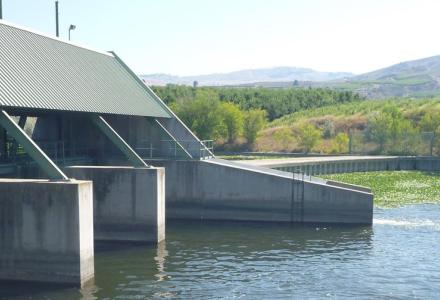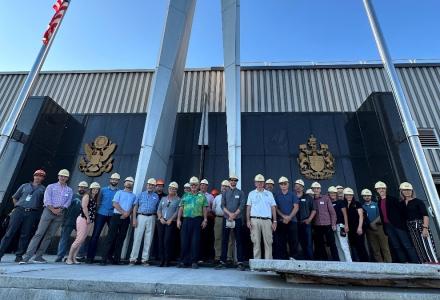The International Lake Champlain-Richelieu River Study Board was appointed by the IJC in 2016 to examine the causes, impacts, risks and potential solutions to flooding in the basin. The study is entering its final full year and the board is ramping up efforts to complete various projects and communicate key findings and draft recommendations to the public and interested parties. The board’s final report to the IJC is due in March 2022.

Upcoming report on potential structural solutions to flooding
The study board is preparing to release its “Potential Structural Solutions to Mitigate Flooding in the Lake Champlain-Richelieu River Basin” report in coming weeks. It will be posted on the study board website at ijc.org/lcrr.
This upcoming report focuses on one aspect of the study’s mandate to investigate potential moderate structures that reduce water levels during floods in the Lake Champlain-Richelieu River (LCRR) basin.
Study experts identified several structural measures and evaluated the most-promising based on a wide range of criteria. Some of the options considered in the report are: excavating artificial structures (such as remnants of eel traps and old dikes that restrict river flow) on the Saint-Jean-sur-Richelieu shoal, diverting moderate to high flows through the Chambly Canal that is normally closed outside of the summer boating season, and a combination of these two options. Study experts have done an initial analysis of the feasibility of these alternatives, but further cost-benefits analysis and hydraulic simulations and evaluations are still being carried out.
The report is one of several that will be released by the board this year, exploring a range of potential structural and non-structural solutions to flooding in the basin. The study’s main goals are to develop solutions to reduce the impacts of high water levels, to reduce vulnerability to high water and to build flood resilience. Investigations into achieving these goals have been focused around four central areas: reducing high water levels through structural measures, impeding or slowing down the flow of water from upstream in the watershed, and working with shoreline communities to improve floodplain management and flood response.

The study also is investigating the role of wetlands on water supply, flows and water levels in the LCRR basin, along with examining how wetlands and farmland could be temporarily used to store water during floods. The findings will be made available in coming months when a flood water storage report is released.
Technical Webinar Series Wrap-up
Throughout November, December and early January, the study board held a series of technical webinars that were open to the public. Over the eight weeks of webinars, study experts provided an in-depth look into various efforts being made by the board to find solutions to impacts of extreme flooding in the LCRR basin. The webinars reached more than 250 people throughout the series and provided opportunities for the public and interested parties to ask questions directly to study experts.
Recordings of each webinar are available in French and English on the study website at ijc.org/en/lcrr/videos. Presentations made by study experts also are available at ijc.org/en/lcrr/library/reports.
Stay in touch
As noted, the study board is now compiling project findings in a series of other major reports that will be made available throughout the year. Stay updated on the study board’s work by signing up to The Current, a newsletter issued every two months by the board.

Christina Chiasson is a policy analyst for the Canadian Section of the IJC in Ottawa, Ontario.



